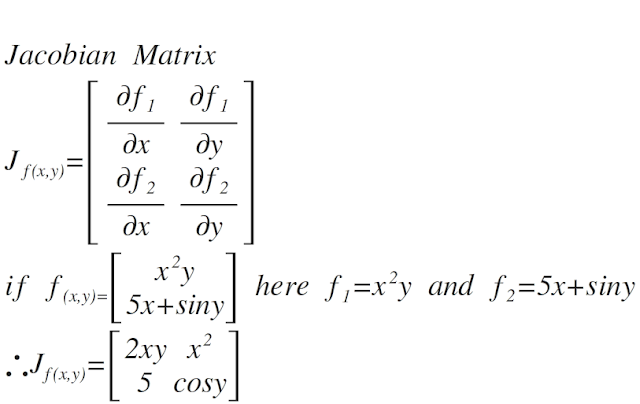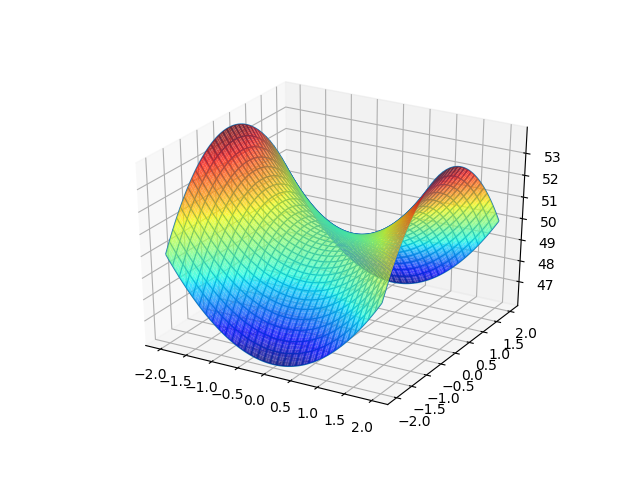SA1 Chemistry Points to Remember
SA1 Chemistry Points to Remember
- During electrolysis of water hydrogen @ cathode and oxygen @ anode (in the ratio 2:1)
- Colour of potassium nitrate is yellow ; nitrogen di oxide is a brown fume formed during thermal decomposition of KNO3
- Gypsum, plaster of paris, blue vitriol(Cu SO4), washing soda have water of crystallization
- Amalgam is a metal in Mercury
- Galvanization coating metal with Zn
- Lustrous non metal is Iodine
- Liquid non metal is Br
- Liquid metal is Hg
- pH is the measure of acidic or basic character of a medium It determines the amount of hydronium ion in the medium
- Oxidation is loss of electron ; reduction is gain
- Electrolysis is a redox reaction
- Na OH is formed from brine solution by Chlor alkali process
- Carbonates and bicarbonates liberate CO2 when treated with an acid
- Very dilute Nitric acid gives hydrogen with Mg and Mn only
- Hydrogen is used in the preparation of Margarine and chlorine in making PVC and CFCs
- Thermit process is a highly exothermic reaction so used for welding railway tracks
- Carbonates ore are clacinated and sulphide ores are roasted to convert the ore to their oxide form
- Electrolytic reduction is used to extract metal high in the activity series
- Cinnabar is the sulphide ore of mercury and Zinc blend that of zinc
- Steel and ornamental gold are alloys
- First step in metallurgy is concentration and last step is refining common to all metals.
- Gaunge is the impurity in the ore



Wow this blog is a best motivational and Edufirst Learning Centre must use a variety of teaching techniques and media to accommodate the various learning styles.
ReplyDeleteVery informative information to one’s who is new in industry or to those who are frustrated from exothermic welding system & exothermic welding kits . It is a process to get the strong joint for conductors with some suitable simple steps.
ReplyDelete